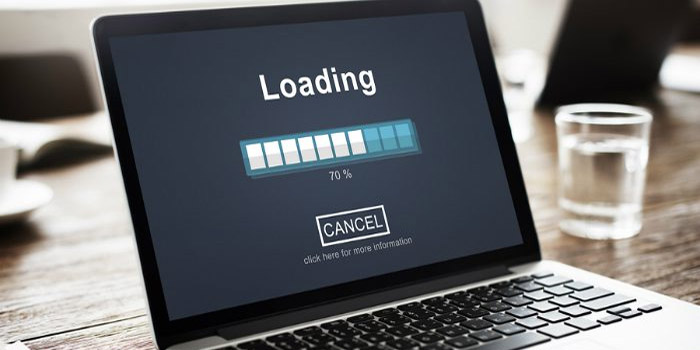When it comes to anything technology or internet-related, people expect speed. So, to keep your visitors coming back to your site again and again, it’s best to have a fast-loading webpage. It’s well-known that slow-loading pages are one of the top reasons that people leave sites.
Google Page Speed
PageSpeed is advantageous, but it’s not the best tool out there. With only your website’s URL, it will analyze the page’s performance and then give you some feedback. It does take a while, but often you’ll have information on how to improve your page in mobile and desktop formats.
As a bonus, Google PageSpeed is completely free, so there’s no reason to avoid using it. Although you can’t get a copy of the results, simply screenshot them, or transpose the data into a spreadsheet to track your page’s improvements over time.
Not everyone trusts Google PageSpeed because it’s directly from Google; there are third-party Google speed tests as well. You might want tools that give in-depth anaylsis or allow you to export the data easily. Always consider what you’re looking for in a page speed tool, not just accepting what Google has made available.
Even if you do use another PageSpeed checker, refer back to Google PageSpeed for comparison. It might give you unexpected insights or confirm the results that you received from another source.
Google Cache Checker
Make website owners, especially bloggers, don’t realize that Google simply doesn’t know that they exist. An experienced hand will know how to alert Google and invite in their spiders to put themselves on the map.
Google Cache Checker will tell you if Google knows that you exist on the internet at all. It will show you your results, and if you don’t appear on their index, it will divert you to the most similar site on the web.
Use this tool when you’re just getting started or when you know that you’ve made substantial changes to your URL or branding.
Tiny PNG
Images cause so many problems for loading pages, but they have such an impact on your visitors. You simply can’t choose to forego images, but you can make it easier for your site to load with them.
Tiny PNG reduces the size of the image without damaging the quality. It uses a loss-compression technique but only aims to eliminate colors rather than chunks of image data. Most people would never know that you used Tiny PNG at all.
URL Compression Test
Other tools on this list help you compress images, but this tool tells you if your server is pulling compressed data. It helps you ensure that you keep space available for data and that it transfers the data quickly.
These types of tests are the things that people forget about when they’re designing their webpages. Of course people optimize their images and ensure that they’re small, but seeing that the compressed version loads is a big deal. Accidents happen and having the original image load is something that could happen easily. Use this tool to make sure that everything is as it should be regarding your images.
Chrome DevTools
Chrome’s DevTools is one of the most popular tools for increasing page speeds, but it does take a practiced hand. Simply pressing F12 when in Google Chrome will open up the DevTools, or Developer Tools.
On your page, you’ll see a tab open with the CSS and HTML information. You can easily edit, identify errors, change scripts, and see bugs. There’s even the opportunity to recreate the mobile device environment. Devtools is an excellent tool if you know how to optimize yourself and work with CSS and HTML.
YSlow
YSlow is worth its weight no matter how you look at it. First, it’s open-source, which is excellent for developers and non-developers because it means there’s a community available to work towards improvement consistently. Second, it’s approach is similar to google and hells you identify and focus on key components that will continue to matter for your site. Finally, it works on every popular browser.
YSlow uses DOM to crawl through the site and pulls out information about key components and then gives it a grade. You see the grade and improvement suggestions. For example, it may alert you that your images aren’t sized properly.
SpriteCow
SpriteCow helps you head off problems with images and load times. Instead of loading one image again and again, ultimately slowing down your page, you could choose to use a CSS Sprite. A Sprite takes your images and then breaks it many tiny images. As those tiny images load independently, you decrease the number of HTTP requests and slash your load times.
Working with sprites does take some finesse, but SpriteCow makes the process fairly easy. You can easily see the sprite sheet, and it splits your images for you.
Page Load Speeds
Your page load speeds can impact your number of visitors as well as your revenue. If people are jumping away from your site before half the page loads, then you’re missing out on a lot of exposure.
Always make sure that your pages are well-optimized, your images are compressed but still of good quality and that there’s nothing holding your page back from loading. Keep up on constantly checking, reviewing, and editing your pages for the best possible load times.




